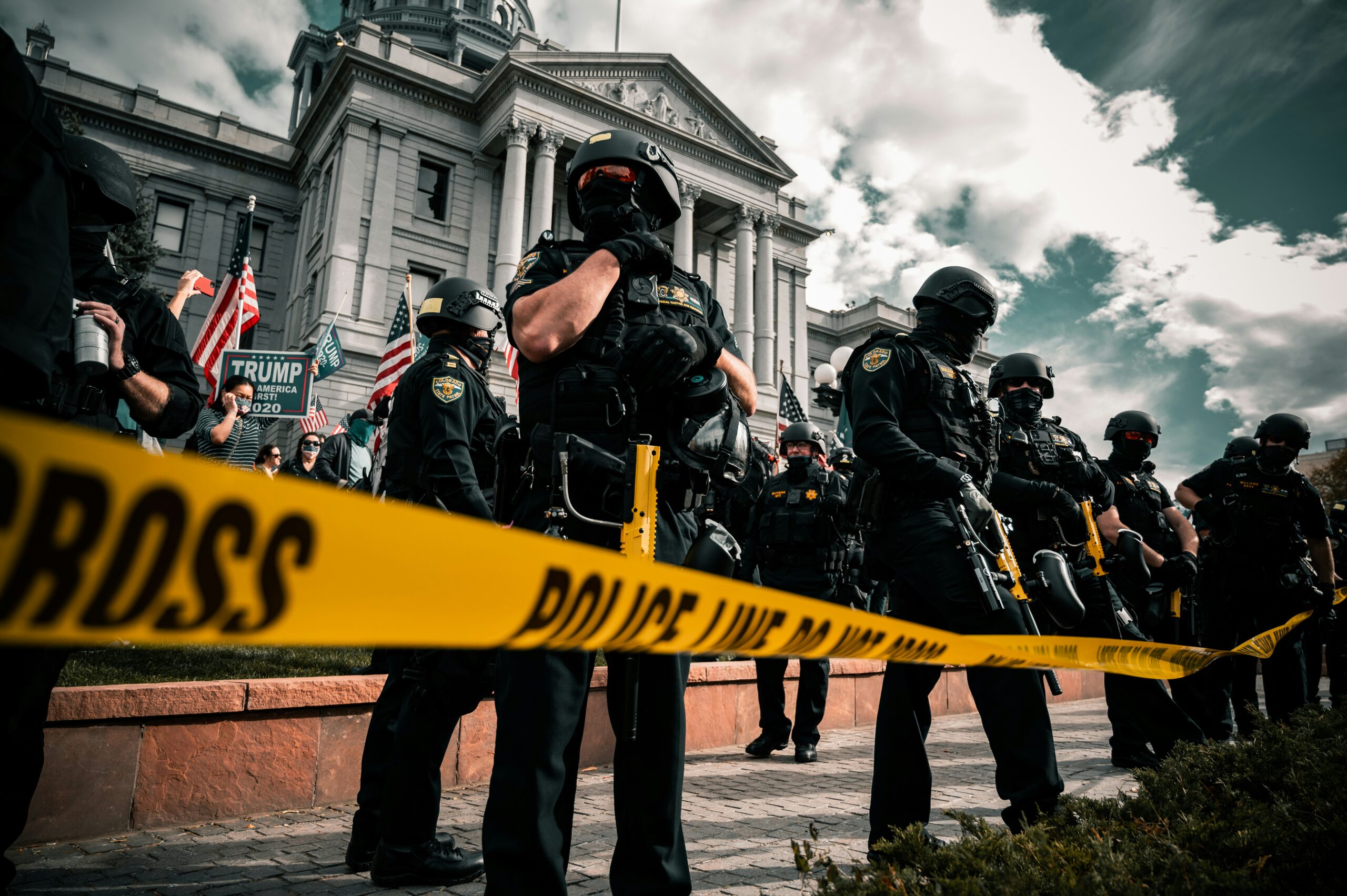
Reporting crime up close requires journalists to enter complex, often dangerous situations with professionalism and focus. Reporters must balance speed with accuracy when covering local crimes or national crises. Mistakes in crime reporting can mislead the public, harm reputations, and even affect legal proceedings. Therefore, understanding the nuances of criminal incidents and crises becomes essential for any journalist in this field.
Journalists often arrive at the scene before law enforcement fully secures it. They must observe, document, and report without interfering with ongoing investigations. This proximity allows for real-time storytelling, providing audiences with immediate information that can inform safety, policy decisions, and community responses. Through careful attention and ethical reporting, journalists help society grasp the impact of crime and crisis events.
The Challenges of Frontline Crime Coverage
Covering crime and crisis events up close brings significant personal and professional challenges. First, journalists face physical danger. Scenes of violent crime, natural disasters, or civil unrest often put reporters at risk of injury. They must navigate hazardous conditions while maintaining focus on gathering accurate information.
Second, the emotional impact can be overwhelming. Witnessing trauma, suffering, or loss firsthand affects mental health. Journalists often experience stress, anxiety, and secondary trauma as they process intense situations. Maintaining professional distance while conveying human stories requires resilience, support networks, and strong coping strategies.
Techniques for Accurate Crisis Reporting
Accurate crime reporting starts with observation and verification. Journalists must confirm details from multiple sources, including law enforcement, eyewitnesses, and official records. Cross-checking facts ensures that reports do not spread rumors or unverified claims. Smooth transitions between sources also enhance the credibility and readability of news stories.
Moreover, ethical reporting matters. Journalists avoid sensationalism and respect victims’ privacy while conveying the urgency and seriousness of events. Using descriptive, precise language helps audiences understand the context and implications of crime and crisis incidents. Emphasizing clarity over dramatization ensures the reporting remains trustworthy and informative.
The Importance of Human Stories in Crime Reporting
Reporting crime up close goes beyond statistics and incident summaries. It uncovers the human dimension of crime and crisis. Personal stories from victims, families, and community members illustrate the events’ social and emotional impact. These narratives connect readers to the reality of situations that might otherwise feel abstract.
Highlighting human experiences also fosters empathy and social awareness. For example, covering the aftermath of violent incidents reveals broader societal challenges, such as community safety, mental health needs, and policy gaps. Journalists focus on people rather than just events by providing depth, context, and meaning to their reports.
Integrating Technology and Social Media
Modern reporting leverages technology to deliver information quickly and effectively. Live updates, social media coverage, and mobile reporting allow journalists to share real-time insights while staying connected to audiences. However, reporters must exercise caution to avoid spreading misinformation.
Digital tools also enhance investigation and storytelling. Data analytics, geographic mapping, and video documentation help journalists analyze trends, identify patterns, and provide context for complex incidents. By integrating technology responsibly, reporters improve the accuracy and reach of their work without compromising ethical standards.
Balancing Speed and Accuracy
One of the biggest challenges in reporting crime and crisis is balancing urgency with precision. Audiences demand instant updates, but rushing reports can lead to errors, misinterpretation, and public distrust. Journalists must prioritize verified information, even if it means slightly delaying publication.
Effective communication also requires concise writing and clear messaging. Using transition words and structured narratives allows readers to follow the timeline and significance of events effortlessly. In addition, avoiding excessive jargon makes reports accessible to diverse audiences, enhancing understanding and engagement.
Training and Support for Crime Reporters
Preparing journalists for frontline reporting involves rigorous safety, ethics, and crisis communication training. Media organizations provide first aid, conflict management, and legal guidelines workshops. These measures equip reporters with the skills to effectively navigate dangerous and emotionally charged situations. Support networks also play a vital role. Peer groups, mental health resources, and debriefing sessions help journalists process their experiences. Recognizing the psychological toll of witnessing crime and crisis ensures reporters maintain their well-being and professional effectiveness over time.
Reporting crime up close is both challenging and essential. Journalists provide a critical service by accurately documenting incidents, conveying human stories, and informing the public. With the right skills, ethical guidance, and support systems, reporters navigate the complexities of crime and crisis coverage with professionalism and courage. In a world where real-time information shapes perceptions and decisions, the role of frontline reporters remains invaluable. Their dedication transforms chaos into understanding, danger into awareness, and statistics into meaningful stories that resonate deeply with communities.